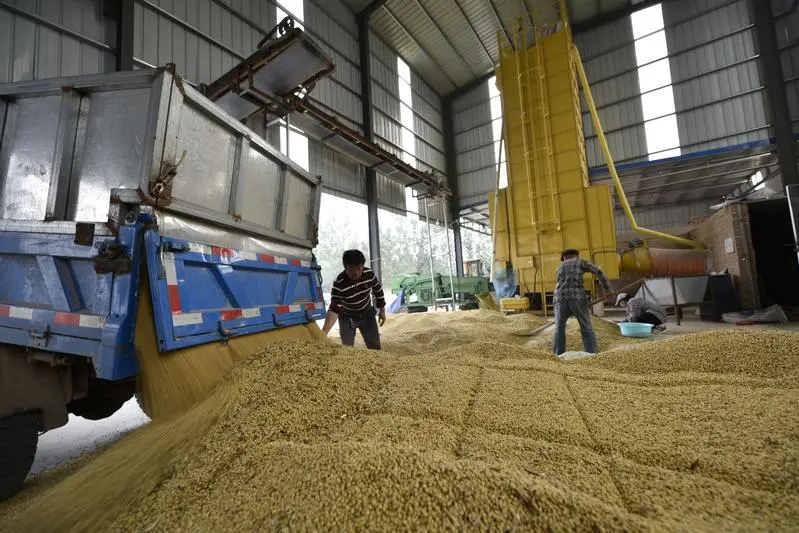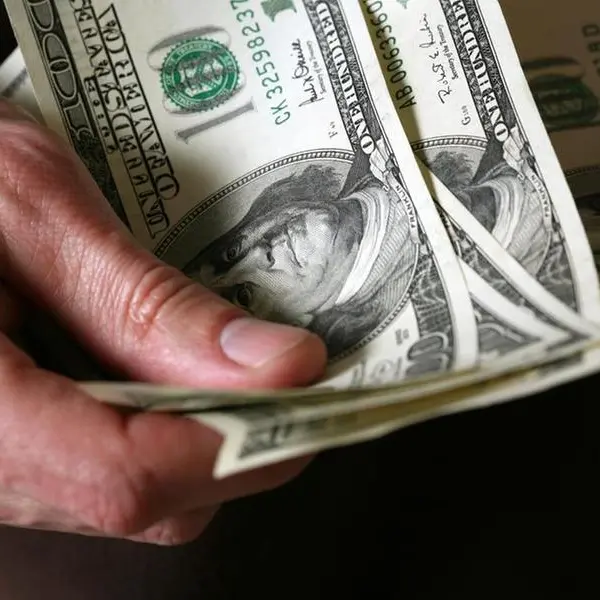PHOTO
FORT COLLINS, Colo.- Nothing seems to be simple these days when it comes to trade with China because although the Phase 1 trade deal was signed with the United States just three weeks ago, the coronavirus outbreak already threatens the trade agreement outlined in the deal.
This is not the first time in recent memory that the U.S.-China trade relationship has been clouded by China’s misfortunes. African swine fever or ASF, which ravaged the Chinese hog herd beginning in August 2018, came right after China slapped a tariff on U.S. soybeans and all but shunned the U.S. oilseed for several months.
Although relations have warmed and soybean and other agricultural trade has partially resumed between the two countries, the effects of ASF likely continue to cap China’s demand for feed ingredients like soybeans, making it very difficult to gauge the success of any trade truce.
Agriculture traders have been skeptical from the beginning over whether China can boost U.S. farm purchases by the lofty dollar amount agreed to in the Phase 1 trade deal, some 50% more in 2020 than the 2017 baseline. It does not help that China has yet to make any substantial purchases since the signing.
Doubts were intensified on Tuesday after the White House’s top economic adviser, Larry Kudlow, said the coronavirus would delay the U.S. export surge promised by the Phase 1 deal. It was not immediately clear how long the delay was expected to last, but Kudlow said the virus would not have a catastrophic effect on business supply chains.
Any negative impact to the Chinese economy as a result of the virus could have a magnified effect on U.S. agriculture trade. Agriculture products are set to account for 16% of the slated increases in U.S. exports to China over the next two years, much larger than the approximately 6% share that agriculture typically claims within all American exports to all countries.
ECONOMIC PRESSURE
So far, the coronavirus cases outside of China have been mostly well-controlled, but uncertainty persists over the economic consequences. The Asian country has a much bigger influence on the global economy than ever before, and China’s own economy is already reeling after last year’s growth rate was the slowest in nearly 30 years. urn:newsml:reuters.com:*:nL4N29M0E9
China’s benchmark stock index, the Shanghai Composite, wiped out nearly $400 billion or 8% in market value on Monday in its worst day in over four years. Global equity markets recovered a bit on Tuesday amid Beijing’s efforts to minimize the economic impact and restore investor confidence.
China’s last widespread coronavirus outbreak (severe acute respiratory syndrome or SARS) came in late 2002 and lasted through 2003. The current virus is much more contagious than SARS but carries a notably lower death rate, though the economic hit may be larger today.
In 2002, China was the sixth-largest economy in the world and accounted for 4% of world gross domestic product (GDP). In 2019, China was ranked second behind the United States with a global share of 16%.
Commodity markets are concerned about a drag on Chinese industry and demand, especially amid the recent travel ban that many countries have enforced. Oil prices have slumped as numerous airlines have cancelled routes, and this has driven major global oil producers to mull an output reduction to stabilize prices.
LESS MEAT
Quarantining efforts and reduced travel within and outside of China could have an impact on short-term meat demand, especially since the outbreak coincided with Lunar New Year celebrations, a time of high consumption.
Fewer tourists, fewer public gatherings, and general caution exercised by Chinese citizens likely mean that less meat is being eaten. This piles on to the recent skid in Chinese meat consumption, largely driven by ASF.
Chinese farmers in virus-infected provinces, some of which have already been hit by a bird flu outbreak, have experienced feed shortages due to travel restrictions and have had to cull birds in order to cope. The Ministry of Agriculture on Tuesday ordered local governments to keep transportation disruptions in animal feed and livestock to a minimum, largely to prevent any further food supply shortage.
Meatpackers in Brazil, one of China’s primary meat suppliers, believe the combination of ASF, coronavirus and bird flu will influence consumer habits and may drive up Chinese demand for Brazilian meat.
Brazil and the United States both had a significant jump in pork exports to China last year on the ASF-related production plunge, and many market-watchers expect U.S. pork to be a big-ticket item for China under Phase 1.
Pork usually accounts for about 75% of total meat consumption in China. In 2017, prior to the ASF outbreak, each Chinese citizen consumed nearly 25% more pork on average than in 2002, when the SARS event began.
U.S. agricultural trade with China has also expanded significantly since then. China accounted for just 4% of the total value of American farm exports in 2002, but that rose to 15% by 2017. That was more amplified for soybeans, as the share rose to 57% from 18% in that time.
(Editing by Matthew Lewis) ((karen.braun@thomsonreuters.com; +1 (312) 408-8059; Reuters Messaging: karen.braun.thomsonreuters.net@reuters.com; Twitter: @kannbwx))












